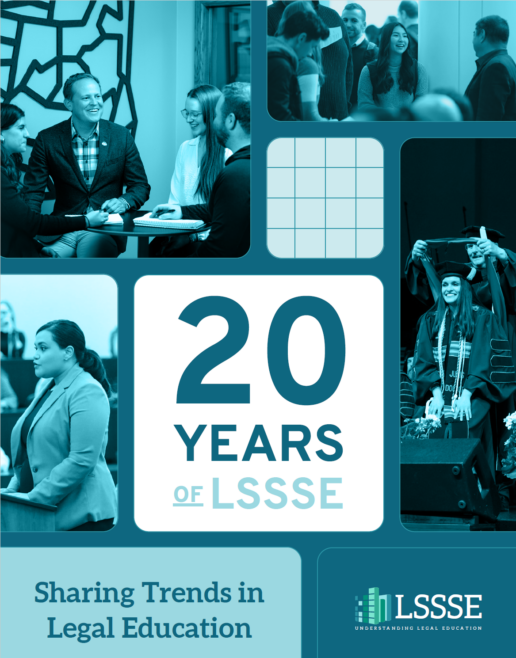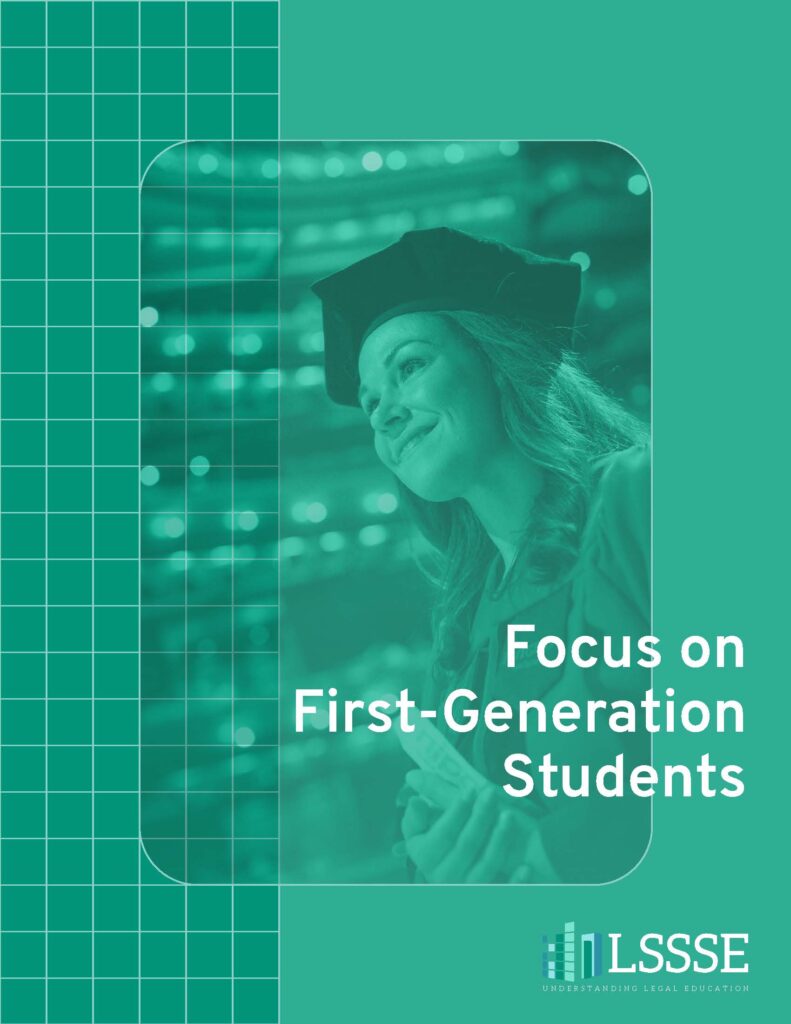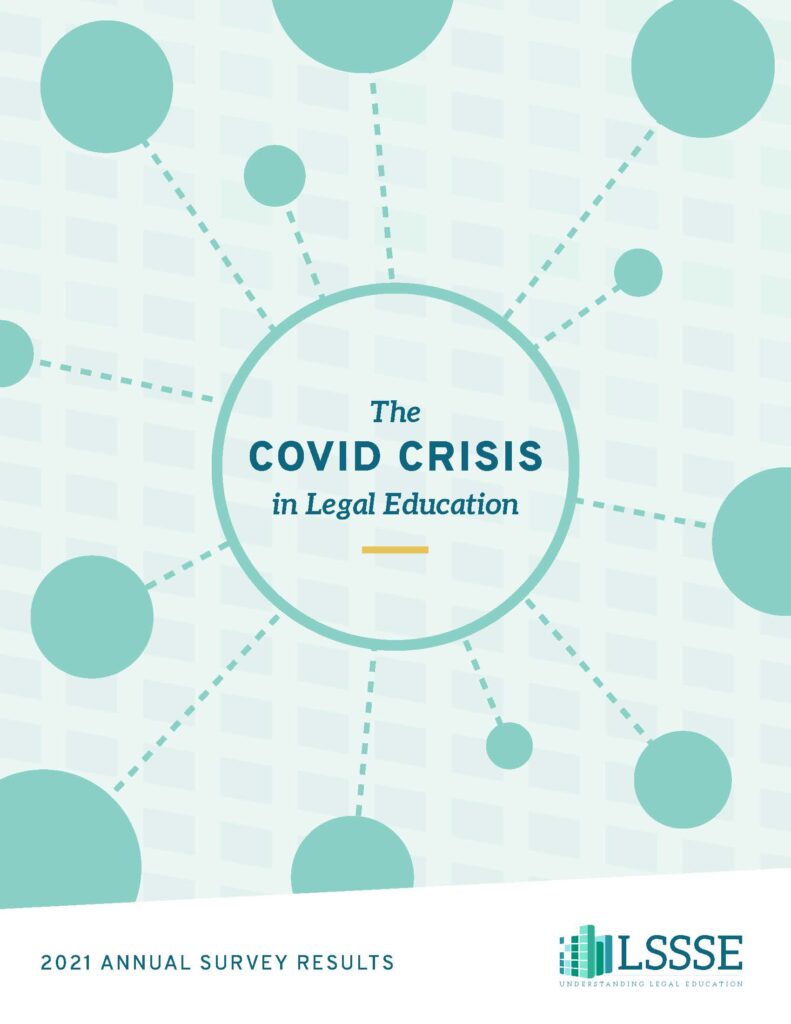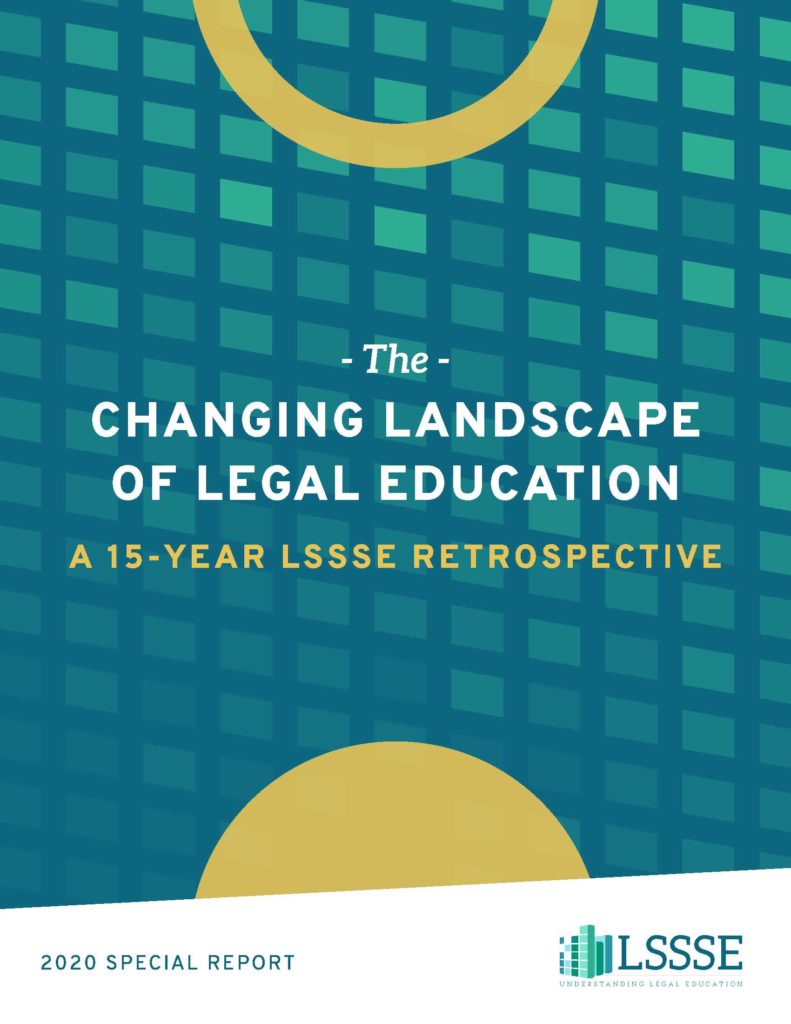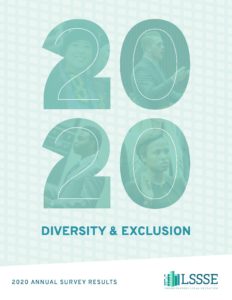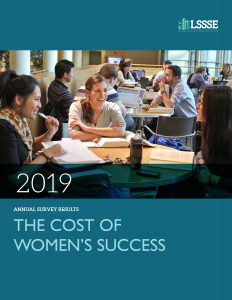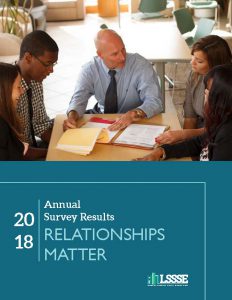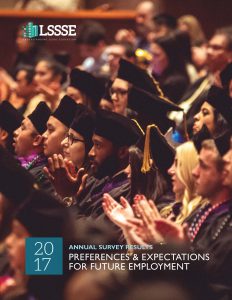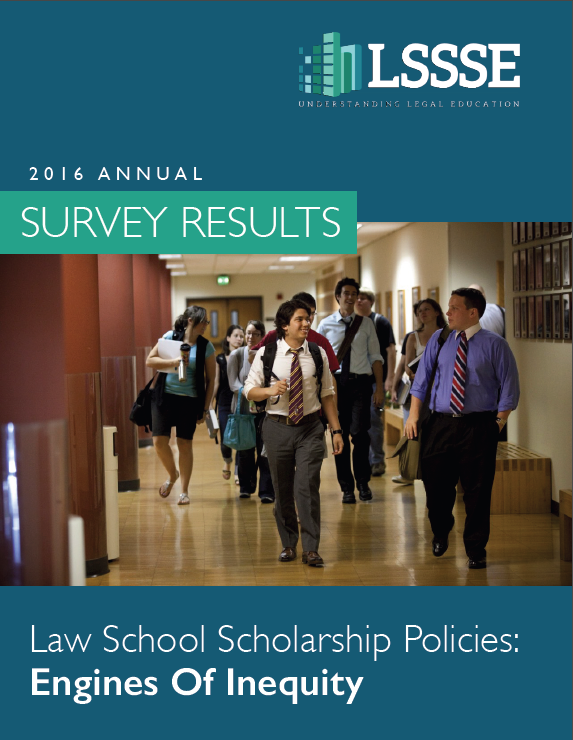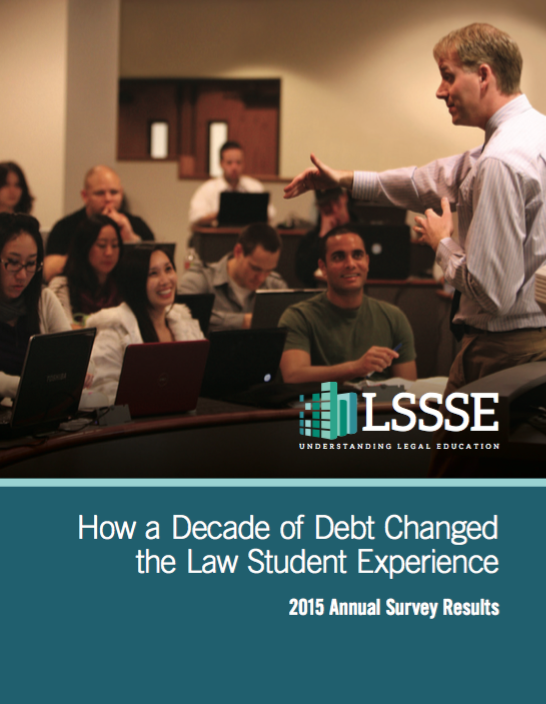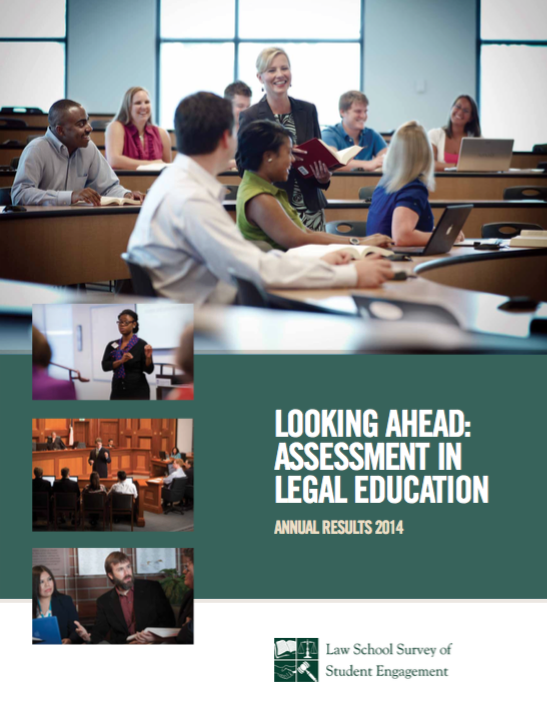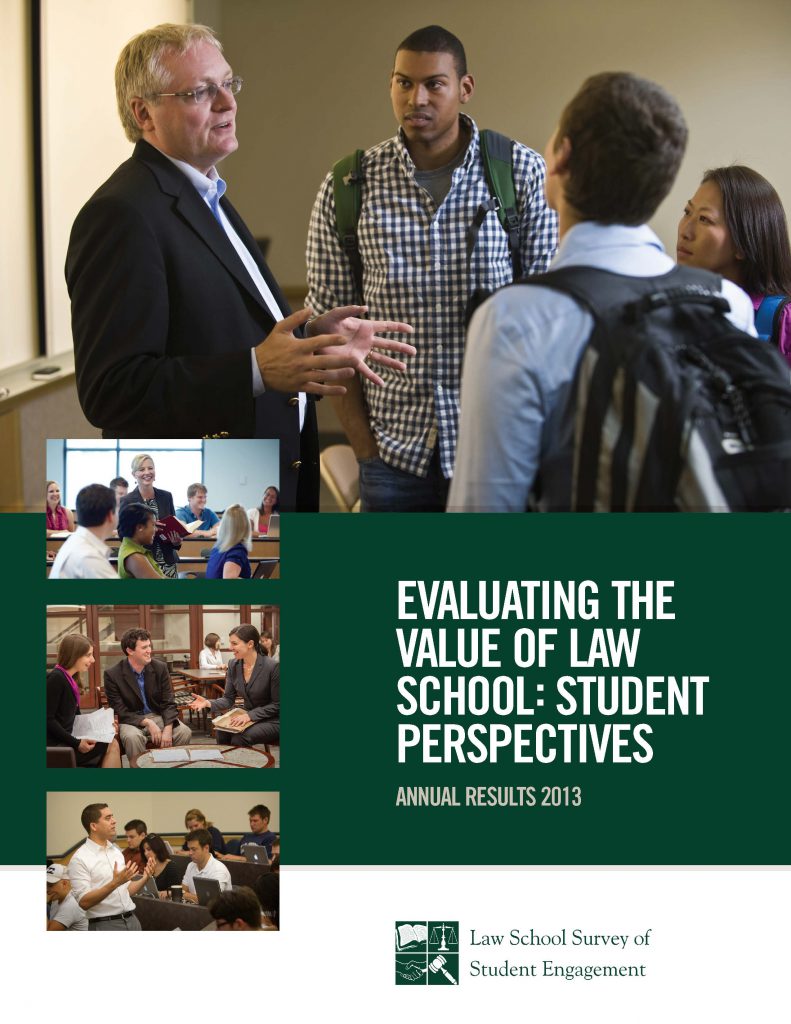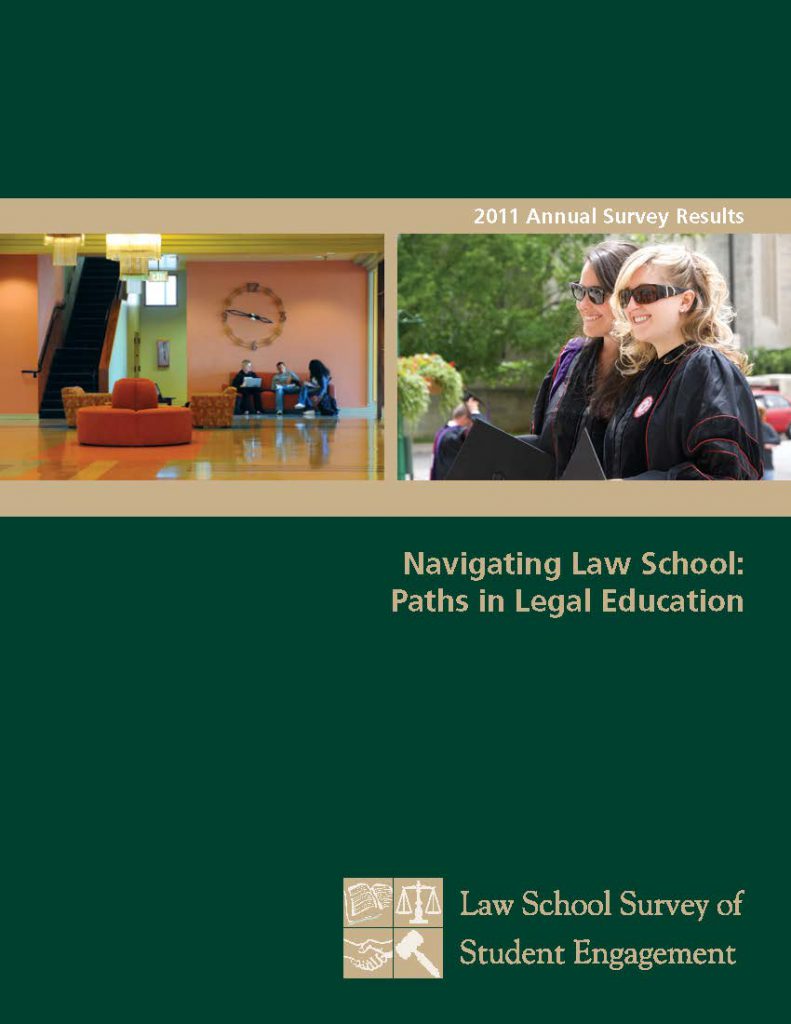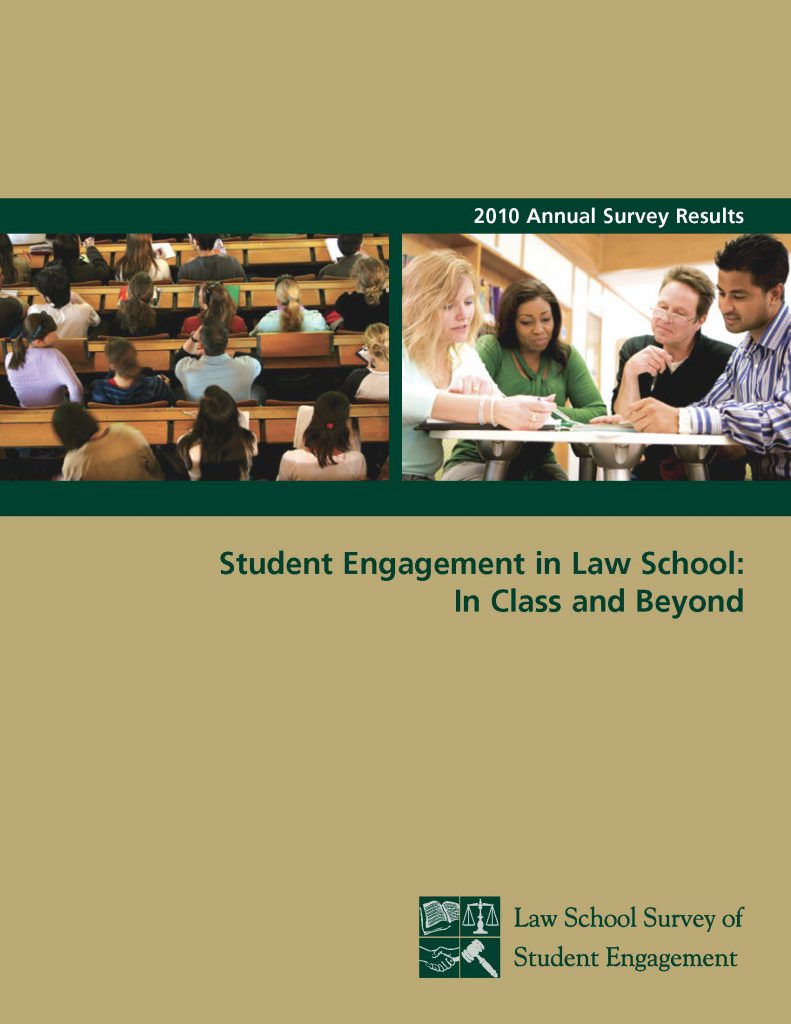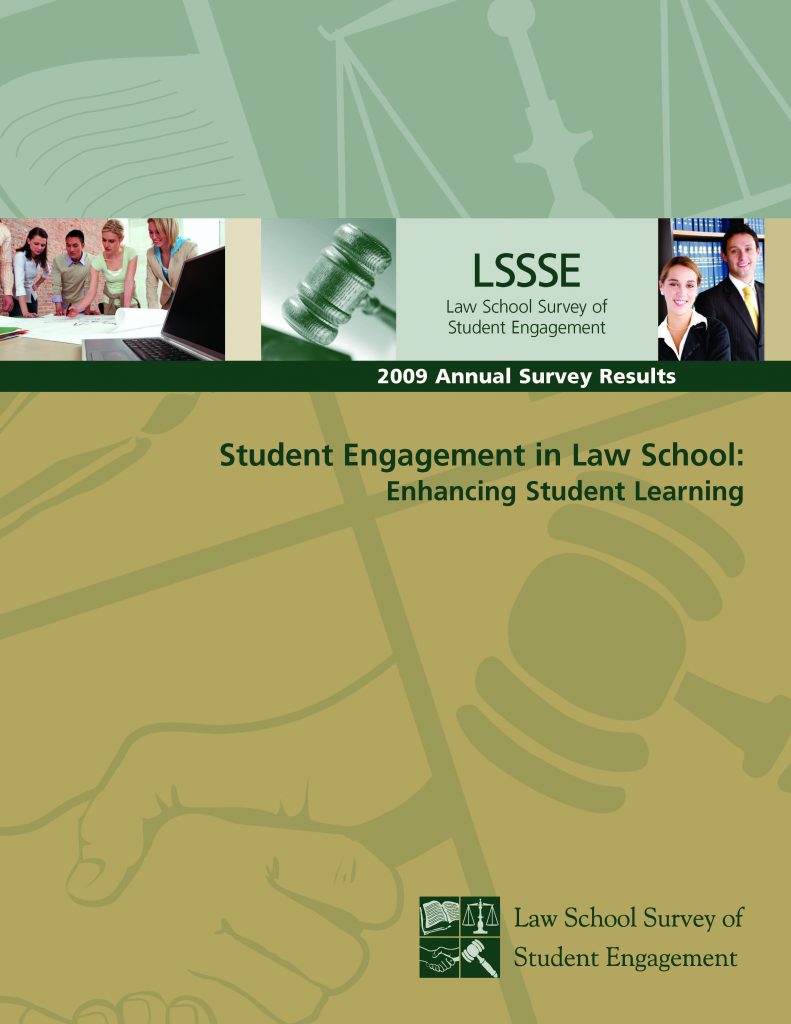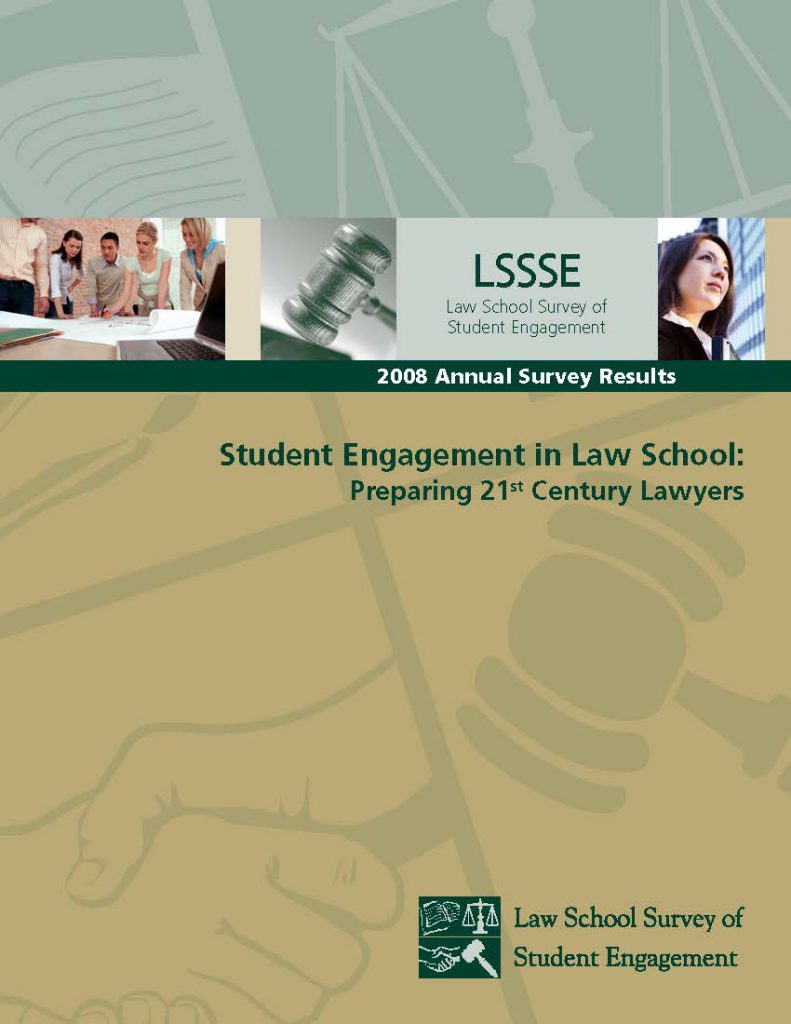New Research Shares Trends in Legal Education over the Past 20 Years
BLOOMINGTON, Ind.—Newly released data from the Law School Survey of Student Engagement (LSSSE) provides a compelling look at changes and trends in legal education from 2004 to 2024. Data from this Annual Report, 20 Years of LSSSE: Sharing Trends in Legal Education, draw from the responses of nearly 86,000 law students at 150 unique law schools that participated in LSSSE during five survey years: 2004, 2009, 2014, 2019, and 2024.
“Twenty years of LSSSE data reveal that law students are more diverse, increasingly engaged, and better prepared than ever before,” said Meera E. Deo, Director of LSSSE and The Honorable Vaino Spencer Professor at Southwestern Law School. She continued, “If we work to improve community and lower debt, they will be fully primed for successful practice.” The Foreword, by LSSSE Board Member Lauren K. Robel, Provost Emerita and Val Nolan Professor of Law Emerita, Indiana University, highlights the impact LSSSE has had over the past twenty years as a salient resource for law schools and a treasure trove of data for scholars to draw upon.
Noteworthy findings from the report include:
Increasing Diversity
- Students of color now represent 32% of all LSSSE respondents (up from 17% in 2004), with notable growth among multiracial and Latinx students. Women make up 60% of law students, compared to 51% in 2004.
- LGBTQ+ representation has also experienced strong growth, rising from 4% in 2009 to 17% today.
Dramatic Debt Increases
- In 2004, only 18% of all LSSSE respondents expected to owe more than $100,000 in student loan debt. By 2009, that number had skyrocketed to 39% and has remained at similarly high levels.
- Only 11% of law students graduated with no educational loans in 2004; by 2024, a full one-quarter (25%) of law students graduated debt-free.
- In 2004, there were only marginal racial differences among students expecting to owe more than $100,000 upon graduation. By 2024, 51% of Black respondents and 53% of Latinx respondents expected to owe more than $100,000 in law school loans, compared to 32% of White and Asian American respondents.
Expanded Learning Outcomes
- In 2004, fewer than one-quarter (23%) of law students believed their schools did “quite a bit” or “very much” to help them understand people of different racial backgrounds; twenty years later, almost half (47%) of students believe their schools help in this way, contributing to their ability to work proficiently with diverse populations.
High Levels of Satisfaction
- Over the past two decades, students have consistently reported high levels of overall satisfaction with law school. While overall satisfaction rates look surprisingly constant over time, there are differences by race, gender, and raceXgender.
- Between 2004 and 2024, roughly 80% of all law students consistently have rated their overall experience as “good” or “excellent.”
- White students report the highest levels of law school satisfaction (84% in 2024), while Black students remain among the least satisfied. Alarmingly, 28% of Black men and 33% of Black women rated their overall experience as “fair” or “poor” in 2024, highlighting persistent disparities in student experiences.
- While law students today maintain strong bonds with peers (76%) and with faculty (73%), positive relationships with administrative staff have dropped significantly, from 65-68% pre-pandemic to just 59% in 2024—the lowest level recorded in two decades.
Consistent Job Expectations
- Between 2004 and 2024, roughly half (49%) of all LSSSE participants have expected to join private law firms upon graduation.
- Expectations for work in government has remained between 26% (2004) and 28% (2024).
- As over the previous two decades, roughly 6% of students expect to work in public interest law.

